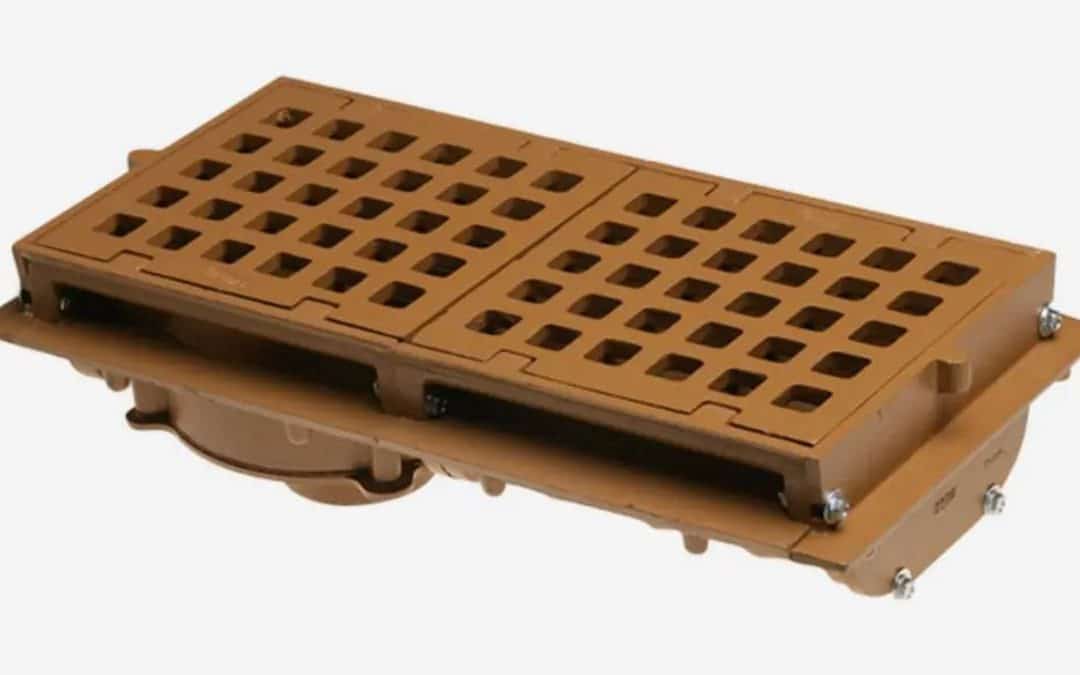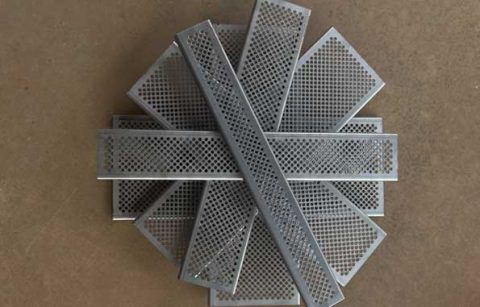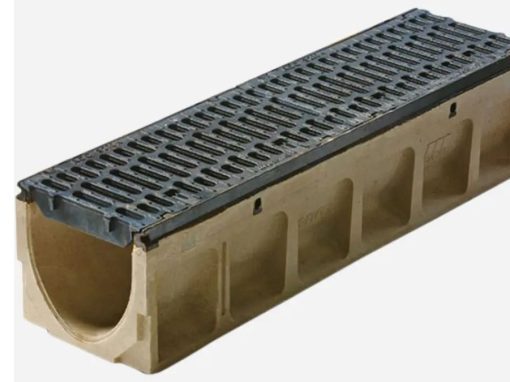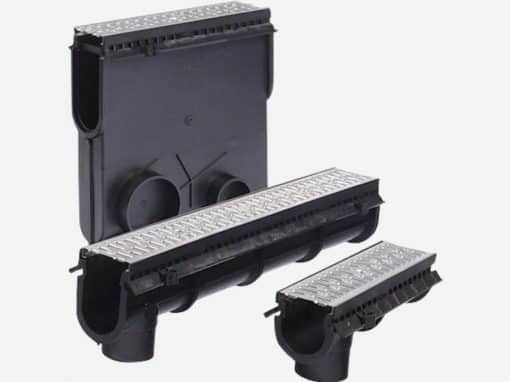Airports are bustling hubs of activity, catering to millions of travelers every day. Behind the scenes, several infrastructure elements work together to ensure smooth operations and passenger safety. One critical yet often overlooked component is the trench drain system. Trench drains play a crucial role in maintaining the functionality and safety of airports. Let’s delve into why airports need trench drains, how they work, and their importance in the aviation industry.
The Need for Trench Drains in Airports
Airports are expansive complexes with vast terminal buildings, runways, taxiways, and other paved surfaces. These areas are subjected to heavy foot traffic, vehicular movement, and exposure to unpredictable weather conditions. Trench drains offer a reliable solution for managing water runoff, which is essential for airports in regions with frequent rain or snowfall. Standing water and pooling can occur without proper drainage systems, posing potential hazards to aircraft, vehicles, and passengers.
How Trench Drains Work at Airports
Trench drains are linear drainage systems consisting of a narrow channel (trench) and a grate or cover. They are strategically installed across pavement surfaces to collect and channel surface water and other liquids away. Airport trench drains are typically made of durable materials like concrete or polymer composites, ensuring their resilience to heavy loads and corrosive substances such as jet fuel, de-icing chemicals, and oil leaks.
As water and debris accumulate, the trench drains capture the runoff through the grates. These trench drain grates often have varying slot sizes to accommodate different flow levels. The collected water then flows through the trench and into underground pipes or retention basins.
The Importance of Trench Drains for Airports
Unseen to travelers and aviation enthusiasts is a vital infrastructure element that keeps operations smooth and secure—the trench drain system. Let’s explore the paramount importance of trench drains for airports.
Safety Enhancement
You may wonder how trench drains keep airports safe. Trench drains significantly reduce the risk of hydroplaning, which occurs when a layer of water separates the aircraft or vehicles’ tires from the runway surface, leading to a loss of traction. Trench drains contribute to safer landing and takeoff operations by quickly draining water from the pavement.
Infrastructure Protection
Airports have numerous underground utilities and electrical systems running beneath the pavement. Proper drainage provided by trench drains helps protect these critical infrastructures from water damage, ensuring continuous operations and reducing maintenance costs.
Environmental Benefits
Trench drains for airports help prevent water runoff from carrying pollutants and debris into nearby water bodies. This aids in preserving the local environment and meeting environmental regulations.
Trench drains play an indispensable role in the effective functioning of airports worldwide with enhanced safety, infrastructure longevity, and environmental preservation by efficiently managing water runoff. As airports continue to grow and modernize, investing in reliable and efficient trench drain systems remains imperative to uphold the aviation industry’s standards and ensure the comfort and security of travelers and airport personnel. Contact The Trench Grate Store and schedule a consultation with our representatives.




